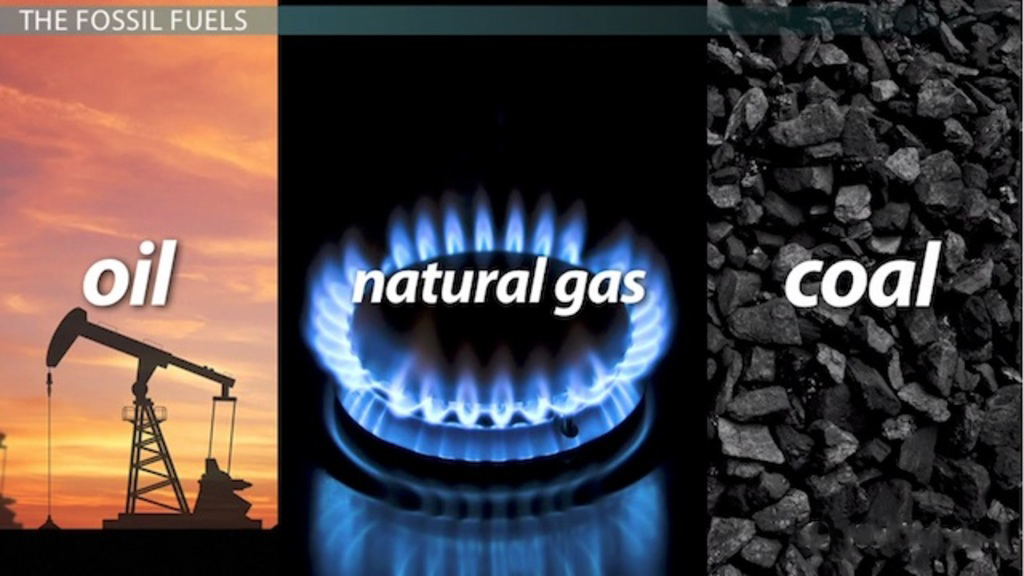11 Dec 2024

Tired Earth
By The Editorial Board

By Sue Lynn Carty
Non-renewable resources are energy sources that we use and consume faster then nature produces them. Fossil fuels such as coal and natural gas, take centuries to form naturally, and crude oil takes millions of years to form. These resources are not infinite and over time, most experts believe they will cease to exist. Here are some scary facts regarding non-renewable energy according to The Ecologist, based on current worldwide consumption rates :
Not only is the scarcity of these resources a global problem, the resulting pollution of using fossil fuels is as well.
There are four non renewable energy sources that are used most often. The first three are fossil fuels. This means that they were formed from the remains of plants and animals eons ago. These fossils fuels can be in a solid, liquid, or gas form.
These substances were once small marine plants and animals. Over a long period of time these plants and animals were covered with sand and silt. The heat and pressure from the added layers created crude oil.
Geologists study the earth and the various rock formations. They decide where the best places to drill for natural gas are by using a variety of tools and technologies. Once the drill is in place, the natural gas can be pumped out from the ground and into pipelines.
Some researchers are working on machines called "digesters". These machines can actually digest organic matter and create a form of natural gas.
Surface mining makes up about two-thirds of the coal mining in America. Coal that is near the surface is dug out of the ground with special machines. It can be used any time the coal is less than 200 feet underground.
Deep mining is used for deeper coal pockets. Sometimes coal is as much as 1,000 feet beneath the surface of the earth. Mines are created deep in the earth and miners ride elevators down to where the coal is. Once the coal is out of the ground, it is transported to plants to be cleaned and made ready for use.
Uranium is minded from open pits, where machine dig huge holes in the ground to extract uranium ore. Some uranium is deeper in the ground and must be deep mined like coal. Like the fossil fuels, once uranium is taken from the earth, it can't ever be replaced.
When most of us think about non-renewable resources, the first thing we think about is fossil fuels. Though these fossil fuel energy sources are the most widely publicized, there are other resources that are slowly running out such as:
Once people mine these materials, they cannot be replaced at a sustainable rate.
When fossil fuels burn, they release carbon monoxide, nitrogen oxides, hydrocarbons and sulfur oxides into the earth's atmosphere. The combination of nitrogen oxides and hydrocarbons forms smog. This smog, which is clearly visible over large cities, can lead to:
Aside from air pollution, extracting and transporting oil has, in the past, lead to oil spills and slicks, polluting the waters and damaging the natural environments around the slicks and spills. In addition, strip mining, the extraction method from coal, not only leaves the area barren, but the minerals around the coal itself are acidic. These minerals are left behind after mining, leaving the area completely polluted and preventing the ability for new vegetation to grow.
In recent years, consumer's attitudes toward the use of non-renewable energy sources have been undergoing a significant shift. More people are finally beginning to realize that damaging effects non-renewable fossil fuels have on the environment and are beginning to take active measures to reduce their carbon footprint. Many of these activities are easy and don't require a major lifestyle change like:
All these things and more reduce the use (and therefore the need) for non-renewable energy sources.
Comment